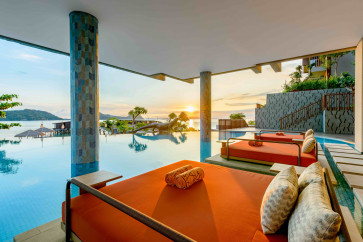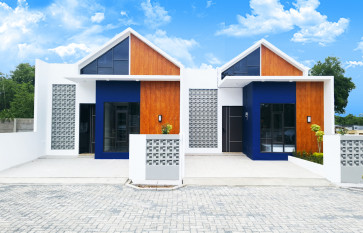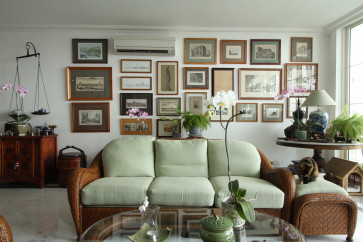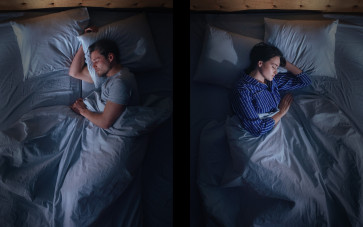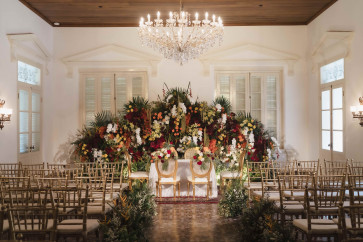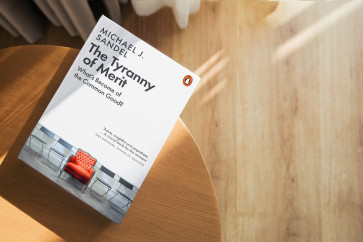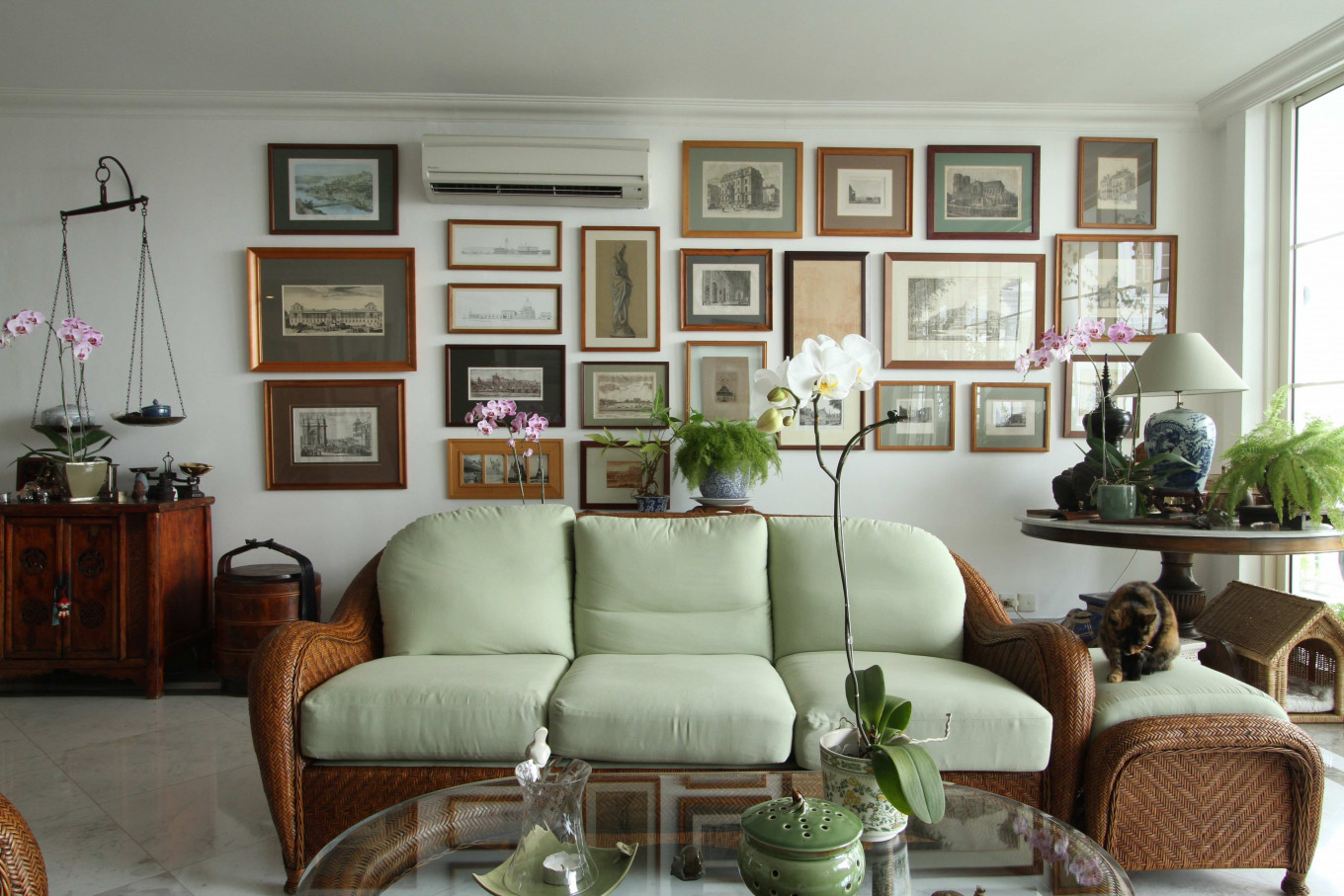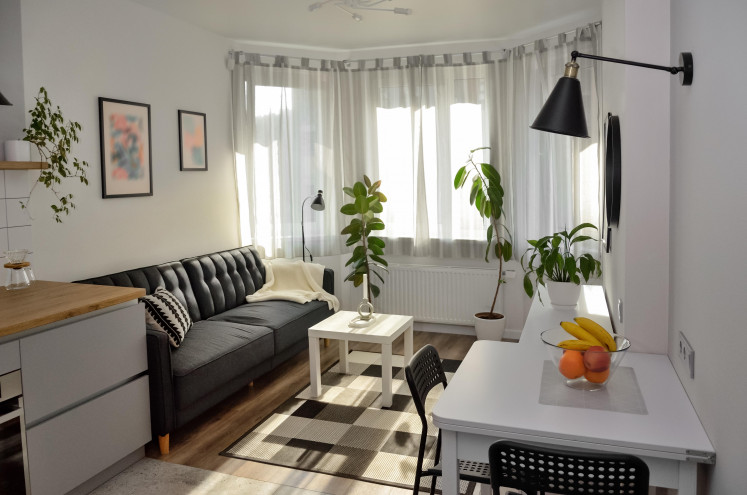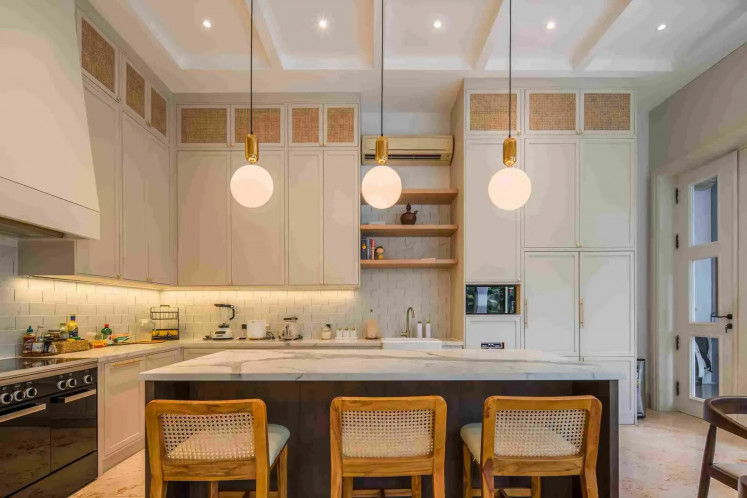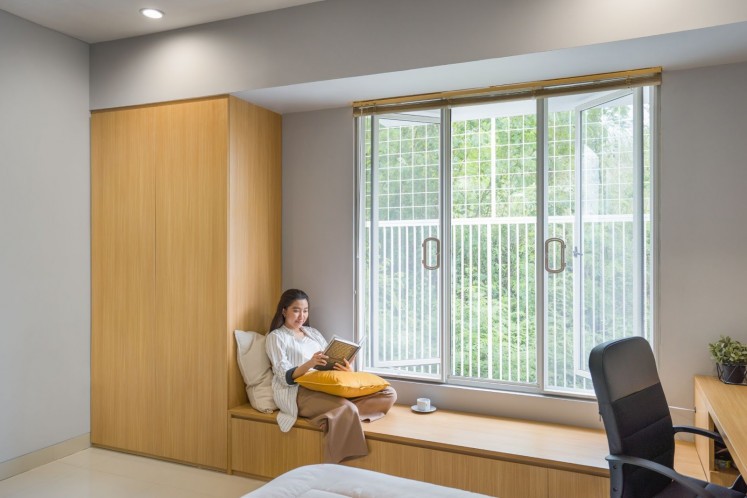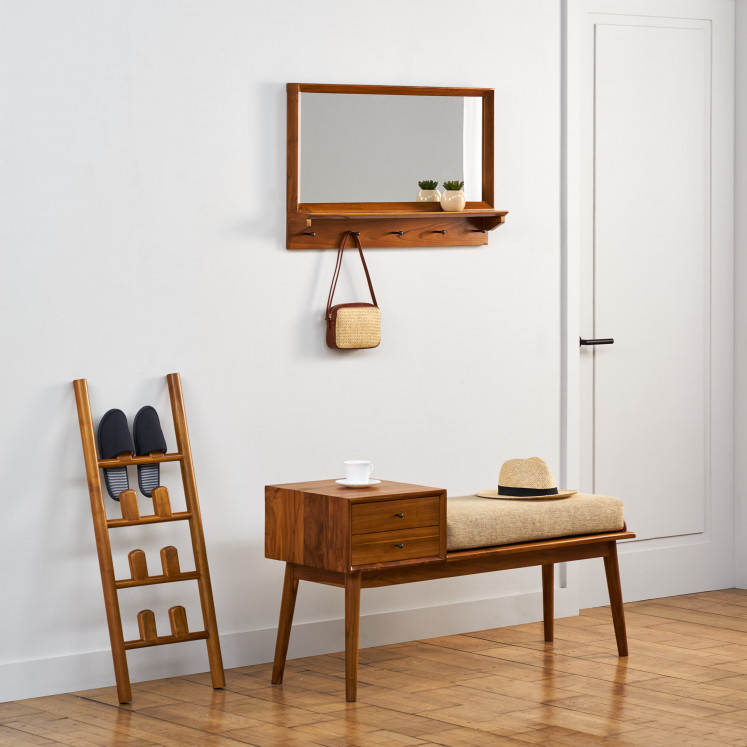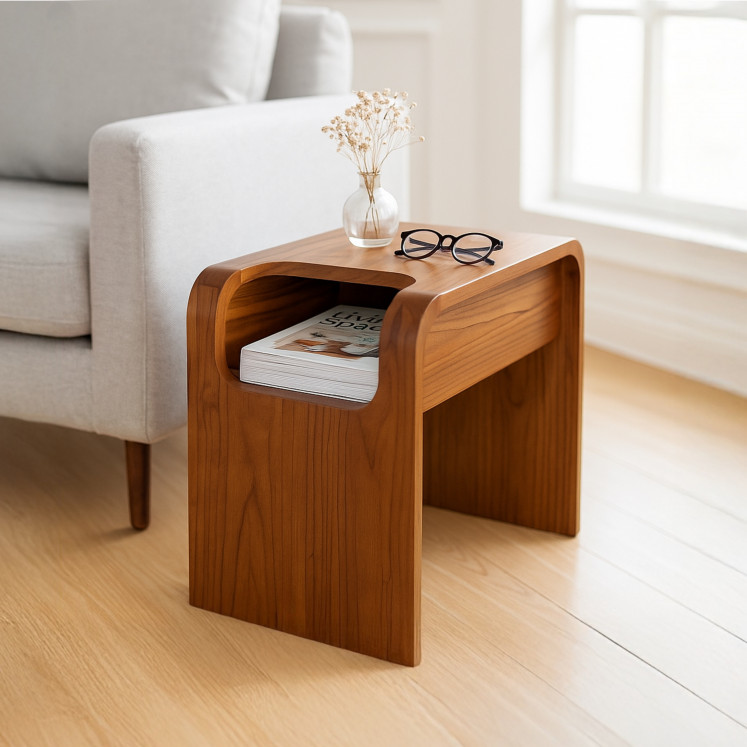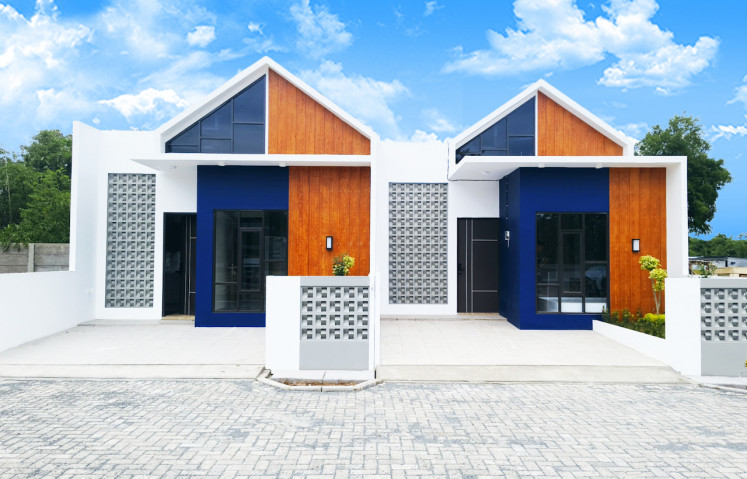While bringing a Pinterest board to life is half the fun of buying and decorating a home, that dream often collides with reality.
In Jakarta, shrinking apartments are becoming the norm. Developers now market studios as small as 20 square meters and a government plan for subsidized housing once floated units of only 14 sq m, the future looks bleak.
“Housing prices are already high, but purchasing power is declining,” says Adri Harsono, director of Decodia Design Consultant.
“Young people can only afford apartments or small houses, such as a three-story building under 100 m2 or less. In many cases, children move into the family home, expanding vertically or horizontally.”
With less room to play with, interior design must adapt. The question is no longer how much you can decorate, but how to make small spaces livable, personal and still feel like home.
Function first, personality second

Thank you!
For signing up to our newsletter.
Please check your email for your newsletter subscription.
“Space is not just about style, but also function,” says Luthfi Hasan, founder of Jakarta Vintage.
“As long as people are fulfilling their needs in their space, then they can be comfortable and happy. Style comes after that.”
(Shutterstock)
While minimalism dominates design trends, Luthfi argues for balance. Even in compact rooms, personality matters, often injected through a touch of maximalism.
“Make sure that everything in the room, like furniture, objects and paintings, doesn’t look too much like conflict or chaos,” Luthfi says.
“Organized chaos is good. Maximalism can work in small spaces, but you need taste and good references.”
Glenn Hajadi, founder of Hyde Living, warns against clinging too tightly to your curated mood boards.
“Your lifestyle isn’t their lifestyle. Adjust the design to your life, not the other way around,” he says.
“We need to have aspirations, but don’t stretch too far. Because the excitement of a new design lasts maybe three years. After that, it’s all practical.”
Kitchens here rarely suit Pinterest ideals of sleek, enclosed layouts. Indonesian cooking, Glenn notes, uses strong, aromatic spices that fill the air with bold scents. That is why many traditional homes once had two kitchens, a setup that is no longer feasible in most apartments today. Open, well-ventilated kitchens simply make more sense.
New habits, new spaces
Smaller homes are also reshaping room priorities. Guest rooms are disappearing, while home offices have become essential.
“Though less now than during the pandemic, people are still working from home,” Glenn says.
“A home office is important because many still have hybrid work setups.”
Meanwhile, kitchens and dining areas are expanding. Younger couples increasingly favor Scandinavian-inspired open layouts that merge cooking, eating and living spaces. Even kitchen islands now multitask, serving as dining tables, work desks or makeshift bars.
(Courtesy of Hyde Living)
Northern European design emphasizes simplicity, functionality, and tranquility, natural light, clean lines and warm textures that invite calm.
The impact? Fewer partitions, more interaction.
“If we design from scratch, we suggest open layouts with fewer walls, higher ceilings and plenty of windows,” Adri adds.
Expanding space with color
Color is another tool to make small spaces feel larger.
Luthfi favors earthy tones or monochromes. Nordic design’s neutral palettes, white, beige, gray, brighten a room and clean the space. They’re easily paired with wood, leather or stone for warmth.
“Don't use too many finishes,” Glenn advises. “Limit to a maximum of three main colors. If you have wooden finishes, make sure you have the same tone of wood throughout.”
Adri says color can also follow climate and mood. If a house is in a cooler area, he recommends warmer tones like red or brown. For homes in hotter climates, cooler shades, especially blues, work better.
In some cases, applying a different color to one of the four walls can also break monotony and keep the space from feeling dull.
(Courtesy of Hyde Living)
Playing with color also means harnessing the power of nature to your advantage. First, letting the sunlight in can psychologically expand the room. Second, adding some natural greenery, like a few plants, to your vicinity creates a homey space.
Double-duty design
Furniture is where form and function collide. Compact homes increasingly demand pieces that do double duty. Think clean design, straight lines and multifunctionality.
“The 2-in-1 concept is more important than ever,” says Arum Priyanka, marketing strategist of Lagom Home Store.
“We introduced the multifunctional pieces to meet the growing demand from clients living in apartments or compact villas. With rising urban density in cities like Jakarta, Bali and Singapore, homeowners want adaptable, space-saving, elegant furniture. They can do more with less.”
(Courtesy of Lagom Home Store)
Lagom Home Store, an Indonesian boutique specializing in solid teak wood, offers pieces like a minimalist teak side table with open storage and a wall hanger with a mirror and a shelf.
Unlike imported designer pieces, Lagom’s pricing aims to remain relatively accessible, most items range between Rp 2 million to Rp 10 million (approximately US$122-$610).
“When maximizing a small space, intentionality matters more than size,” Arum says.
“Invest in furniture that serves multiple purposes and feels good to use. Above all, don’t overcrowd the space. Sometimes, one well-designed piece can do more than three ordinary ones.”
(Courtesy of Lagom Home Store)
Her rule of thumb: Natural materials like solid teak last longer and feel warmer.
The other designers also add two clear don’ts: open shelving because it looks messy and bulky furniture because it cramps space visually. Mirrors, on the other hand, open it up.
Less room, more intention
When life gives you lemons, make lemonade. And when the government or your landlord gives you a plot of land just shy of Indonesia’s minimum housing standard, 7.2 m² per person, it helps to remember that sometimes, less really is more. Rethinking space can make even a 20 m² apartment feel like home.
For Luthfi, design is ultimately emotional. It is about building a connection with your surroundings.
“Have the freedom to express yourself through decoration and interior design. Your space should be filled with the things that make you happy when you see them,” he says.
Because if it’s frustrating to measure home in square meters, measure it instead in comfort and calm.
Sheena Suparman is a writer for The Jakarta Post's Creative Desk. She is based in Jakarta but wishes she could be anywhere else. She’s usually powered by coffee, chips and cheeseburgers.







